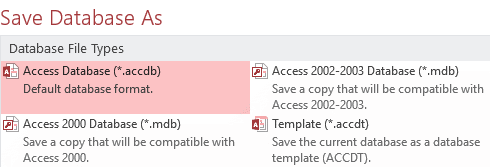

Once the conversion is completed, you will see the success status at the final page of the wizard: Now the wizard shows it is ready to go, so we will begin the conversion: This space is used during conversion as the VHD/VHDX files are created, and it is located on the machine which is running the MVMC client: In this case, it is not required as powered off guests will be converted with the VMware services disabled rather than uninstalled:Ī local working folder is needed during the conversion.
Microsoft conversion tool drivers#
VMware Tools (the client-side drivers in the VM guest) will be removed, so credentials will be needed for the powered on guest. The migration can be done using a powered on source machine, but the ideal situation is to have it powered off for a cold migration. In this case, the machine was powered down, so you will see the state listed as Off in the wizard:īecause our source machine is powered off, there are some options that will be grayed out.

Once connected, we choose the VM that we want to convert from the VMware platform into our Hyper-V server. Versions are supported up to vSphere 5.5 which is the current release of the product. VMware vCenter and direct connection to a vSphere host is supported. Next we put our VMware environment information in to the wizard. We choose where the virtual hard disk (VHD) files will go: First we select all of the details of our Hyper-V environment:
Microsoft conversion tool windows#
Looking at the process to migrate a VMware virtual machine from ESXi to Hyper-V on Windows Server 2012 R2, you can see how there is less of a barrier to bringing Hyper-V on board into the data center.įollowing the wizard, we see the simple step-by-step process to convert a VM. This is where the release of the Microsoft Virtual Machine Converter (MVMC) 2.0 could be very well timed. While VMware is regarded as the incumbent in the on-premises server virtualization market, that share is being eroded recently with the growing migration of workloads on to the Hyper-V platform.

Add to that the feature enhancements and stabilization of the platform and you have a potential perfect storm to create a new go-to platform for anyone from SMB (Small to Medium Business) up to enterprise organizations. Hyper-V is has gained in market share with particular fervor lately due to the pricing changes in Windows Server 2012.


 0 kommentar(er)
0 kommentar(er)
